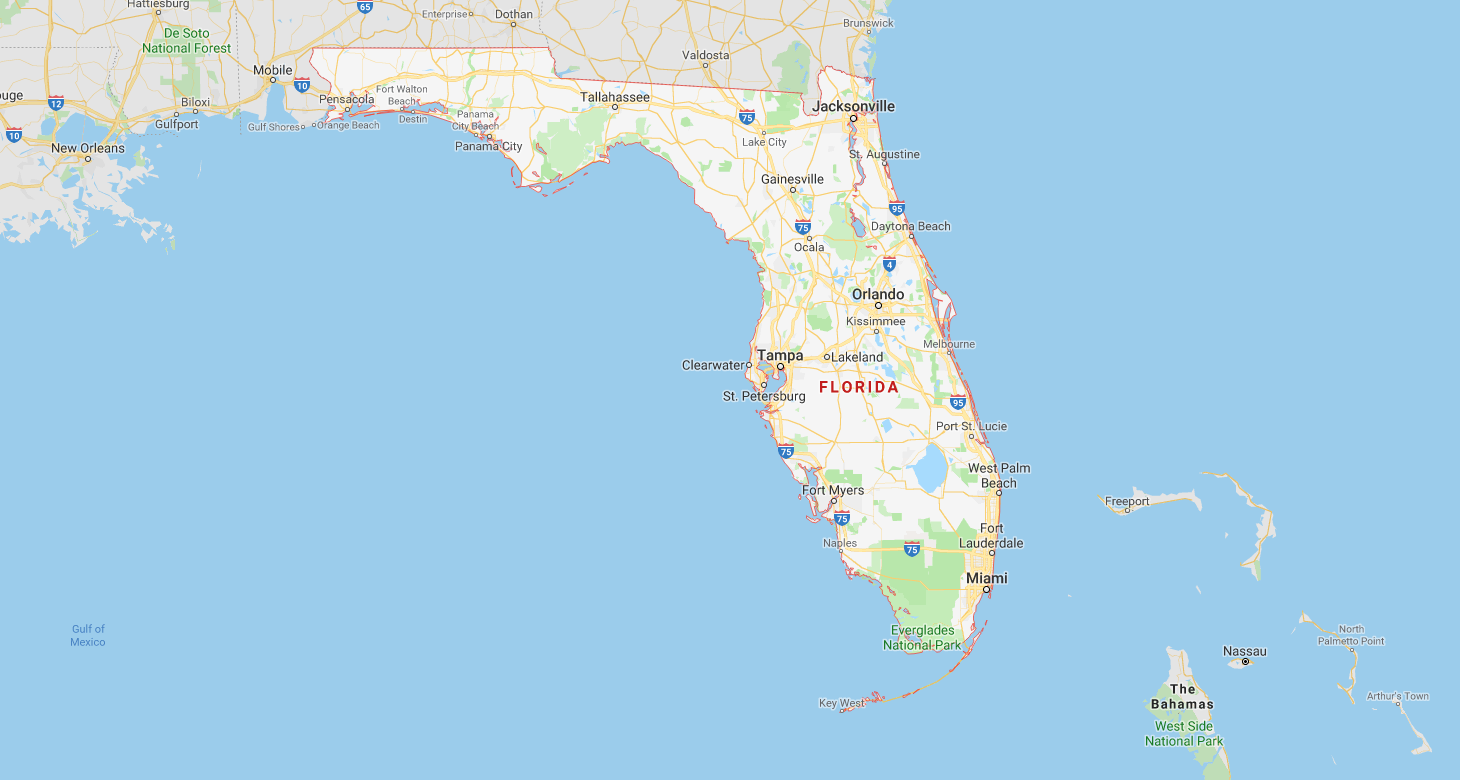
TALLAHASSEE, Fla. — Following a pause this past winter to listen to concerns and ideas and then modify its strategy, the Florida Fish and Wildlife Conservation Commission (FWC) has resumed herbicide treatments of problematic exotic plants in fisheries. In a state with 125 million acres of public waters and a semi-tropical climate conducive to a variety of fast-growing invaders, it is a controversial necessity to maintain angling and boating access and prevent invasives from destroying diverse native ecosystems.
“Especially with some of those South Florida lakes, we want to let people know that we heard them,” said Matt Phillips, leader of FWC’s Invasive Plant Management Section.
“We’re not doing everything as we did before. Biologists will be out there more often. We will have a higher level of review before we spray. We’re looking at mechanical harvesting in areas where it is possible.”
But spraying is an immediate need at Lake Okeechobee, a fishery that was arguably Ground Zero for the rising resistance to herbicides, fed mostly by social media posts, some of them inaccurate and misleading. Sustained high, dark water blocked sunlight penetration and obliterated the massive fishery’s submerged grasses.
“I’d never seen anything like it,” said Sam Griffin, a retired guide and longtime luremaker who has lived on the Big O all his life.
But even though FWC focused herbicide treatments almost entirely at water hyacinth, water lettuce and cattails, some anglers blamed spraying for the loss of grasses.
“Spraying definitely was not the cause. It was the high water,” added, Griffin, who showed a B.A.S.S. representative rebounding grass beds in March, as waters cleared and levels dropped.
“Grass growing back in lower water reinforces that high water was the reason for its decrease,” FWC’s Phillips said.
Now that the grass is beginning to come back, however, it faces another threat.
“Hyacinths are taking over (because of the treatment pause) just as the grass is starting to germinate and we’re concerned that they will cover them up,” the section leader continued.
And herbicides are the only option to selectively target the floating invasives when they are mixed in with native submersed and emergent species. More reliance on mechanical harvesting will be included in FWC’s rebooted control program for invasive aquatics, but it’s not an option in shallow water, where the desirable grass is thriving once again.
When depth allows it, mechanical harvesting will be considered for surface plants on Okeechobee and Istokpoga, Phillips added, while it also is a viable alternative for hydrilla maintenance on Lake Toho.
Although hydrilla isn’t a major concern on Okeechobee, it certainly is for many Florida fisheries, as $2.2 million recently was earmarked by a state and local partnership for treatment of 1,827 acres in six lakes on the Harris Chain. It should be noted that his represents only 4.7 percent of the Chain’s total surface area.
“During the listening sessions we heard a diversity of concerns and opinions,” said Kipp Frohlich, director of FWC’s Division of Habitat and Species Conservation. “Waterfront property owners, boaters and community officials stressed how important it is for the FWC to quickly resume control of the worst plants such as hydrilla before they grow to a point that makes lakes virtually unusable.”
He added, “We also heard from anglers and waterfowl hunters that some hydrilla can be beneficial. Finding the balance, that manages a system in a way that pleases all the diverse user groups of Florida’s lakes, is very difficult. Nevertheless, we are committed to continue our work with stakeholders to better understand their needs and strive to manage our aquatic resources in ways that benefit the greatest number of people.”
Meanwhile, better oversight of herbicide applicators is another intended goal, according to Phillips. That includes a pilot program for real-time monitoring.
“We want to build trust and let people know what’s going on,” the FWC biologist explained.
The agency also is considering a statewide technical assistance group, made up of anglers, scientists and members of industry “to help with operations,” as well as improve public perceptions of the program. Regional groups already exist.
It also intends to publish as quickly as possible online specifics about treatments, including herbicide used, acres treated and why, and schedule of operations. The objective is to release this information on the FWC website at least a week in advance, along with management plans and history of control.
“We’re trying to be transparent about our plans,” Phillips said.
He added that FWC also intends to use “sandwich boards” of specifics at boat ramps on days that a fishery is treated, as well as notices placed on the dashboards of applicator trucks. Contractors will carry 3 x 5 cards with contact information to hand out to those who want to know additional information about what plants are being sprayed, why, and where.
“We have a lot of irons in the fire right now, and we’re trying to make progress,” Phillips said. “We’re always looking to improve.”
“The willingness of FWC to listen to anglers and other stakeholders is a key to the success of this reboot,” said B.A.S.S. Conservation Director Gene Gilliland. “But the agency must follow through and that has to include a stronger effort to communicate with stakeholders. That’s how they will earn their trust, and without it the controversy and conflict will continue.”
Although the listening tour has ended, FWC welcomes comments and suggestions from stakeholders. They should be sent to InvasivePlants@MyFWC.com.
Here is the FWC official list of improvements planned:
- Accelerating the development of habitat management plans for individual lakes.
- Forming a Technical Assistance Group consisting of staff, partners and stakeholders.
- Improving the timing of herbicide-based invasive aquatic plant treatments.
- Exploring ways to better integrate and increase the strategic use of mechanical aquatic plant harvesting.
- Exploring new methods and technologies to oversee and increase accountability of aquatic plant control contractors.
- Developing pilot projects to explore better integrated plant management tools.
- Improving agency communication regarding plant management activities.





